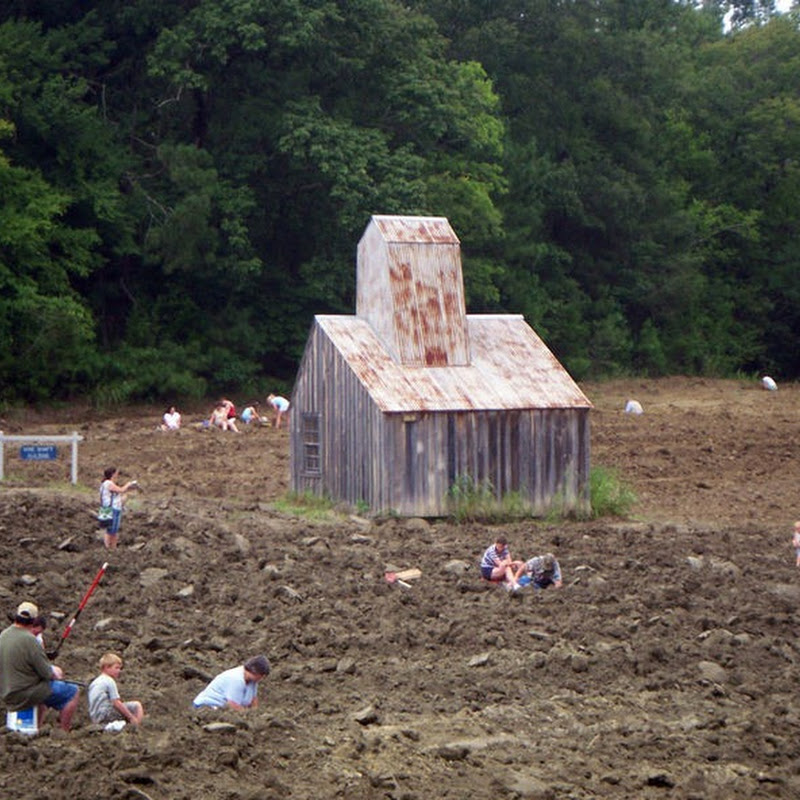The Great Bell of Dhammazedi was cast in the late 15th century by order of King Dhammazedi of the Burmese kingdom Hanthawaddy, and presented to the Shwedagon Pagoda of Dagon, in present day Yangon, Myanmar. Made of copper, gold and silver, the bell was reported to have weighed nearly 300 tonnes —the largest bell ever cast.
Twenty four years later, in 1608, the fearful Portuguese warlord and mercenary Filipe de Brito sacked the pagoda and seized the bell with the intention of melting it down to make cannons for his ship. De Brito loaded the bell onto a raft for the journey across the Pazundaung Creek to Syriam. Unsurprisingly, the bell proved too heavy for the clumsy raft and it sank at the point where the Bago and Yangon Rivers met.

An artwork of the Great Bell of Dhammazedi. Photo credit: unknown
The bell has been missing ever since but its legend has endured four hundred years. In the last few decades various national and international teams have made hundreds of dives to the riverbed to locate the bell but success has eluded them. Recovering the bell has now become a matter of Buddhist and Burmese national pride.
The Dhammazedi Bell is thought to be buried under 25 feet of mud. Some say, the great Bell rests between the wrecks of two Dutch East Indiaman ships. But so far none of the attempts to pin point its location has been successful.
In 2010, an Australian documentary filmmaker and explorer Damien Lay conducted extensive sonar surveys of the river bed and identified a couple of possible locations, which lie beyond the area where the bell was thought to have sunk. Lay believes that the bell has not been found yet because its location had been significantly overlooked by the misinterpretation of history. Lay said that the myths and legends surrounding the location of the bell was not supported by evidence.
Historian Chit San Win is also of the opinion that both the Yangon and Bago Rivers have changed course in the last 400 years, so the search for the bell is certainly going on at the wrong place. A similar incident occurred in the 19th century when a steamboat sank in the Missouri river. It was later recovered in a cornfield.
What worries Chit San Win the most is whether the bell had really existed or not. Win have scoured through many Burmese literature but found very little supporting evidence of the bell’s existence.
Search for the bell is still on though.

Shwedagon Pagoda where the bell was located. Photo credit: Natee P/Flickr
Sources: Wikipedia / BBC
Subscribe to our Newsletter and get articles like this delieverd straight to your inbox
Twenty four years later, in 1608, the fearful Portuguese warlord and mercenary Filipe de Brito sacked the pagoda and seized the bell with the intention of melting it down to make cannons for his ship. De Brito loaded the bell onto a raft for the journey across the Pazundaung Creek to Syriam. Unsurprisingly, the bell proved too heavy for the clumsy raft and it sank at the point where the Bago and Yangon Rivers met.

An artwork of the Great Bell of Dhammazedi. Photo credit: unknown
The bell has been missing ever since but its legend has endured four hundred years. In the last few decades various national and international teams have made hundreds of dives to the riverbed to locate the bell but success has eluded them. Recovering the bell has now become a matter of Buddhist and Burmese national pride.
The Dhammazedi Bell is thought to be buried under 25 feet of mud. Some say, the great Bell rests between the wrecks of two Dutch East Indiaman ships. But so far none of the attempts to pin point its location has been successful.
In 2010, an Australian documentary filmmaker and explorer Damien Lay conducted extensive sonar surveys of the river bed and identified a couple of possible locations, which lie beyond the area where the bell was thought to have sunk. Lay believes that the bell has not been found yet because its location had been significantly overlooked by the misinterpretation of history. Lay said that the myths and legends surrounding the location of the bell was not supported by evidence.
Historian Chit San Win is also of the opinion that both the Yangon and Bago Rivers have changed course in the last 400 years, so the search for the bell is certainly going on at the wrong place. A similar incident occurred in the 19th century when a steamboat sank in the Missouri river. It was later recovered in a cornfield.
What worries Chit San Win the most is whether the bell had really existed or not. Win have scoured through many Burmese literature but found very little supporting evidence of the bell’s existence.
Search for the bell is still on though.

Shwedagon Pagoda where the bell was located. Photo credit: Natee P/Flickr
Sources: Wikipedia / BBC
Subscribe to our Newsletter and get articles like this delieverd straight to your inbox
The Great Bell of Dhammazedi
4/
5
Oleh
Chandu Numerology










